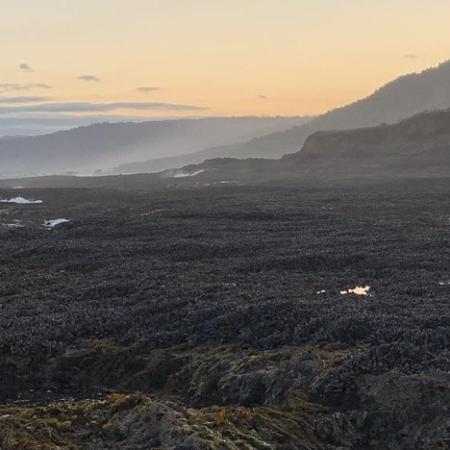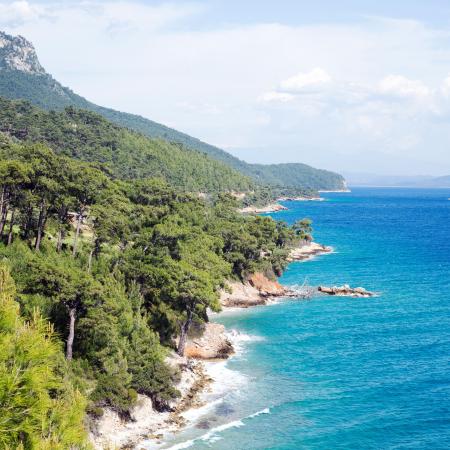Former NOAA administrator and Distinguished Professor of Integrative Biology Jane Lubchenco is part of an international team of scientists who have found that bigger, better-protected marine reserves can help protect the planet and its oceans from the negative effects of global warming. Callum Roberts from the University of York is the lead researcher on the project, whose findings were published in the journal Proceedings of the National Academy of Sciences (PNAS).
Globally, coastal nations have committed to protecting 10 percent of their waters by 2020, but thus far only 3.5 percent of the ocean has been set aside for protection – and less than half of that (1.6 percent) is strongly protected from exploitation. Some scientists have argued that as much as 30 percent of the ocean should be set aside as reserves to safeguard marine ecosystems in the long-term.
Results of the study, which evaluated 145 peer-reviewed studies on the impact of marine reserves, appears PNAS.
“Marine reserves cannot halt or completely offset the growing impacts of climate change,” said Lubchenco, former National Oceanic and Atmospheric Administration (NOAA) Administrator and co-author on the study. “But they can make marine ecosystems more resilient to changes and, in some cases, help slow down the rate of climate change."
“Protecting a portion of our oceans and coastal wetlands will help sequester carbon, limit the consequences of poor management, protect habitats and biodiversity that are key to healthy oceans of the future, and buffer coastal populations from extreme events,” Lubchenco said. “Marine reserves are climate reserves.”
The scientists say marine reserves can help protect ecosystems – and people – from five impacts of climate change that already are taking place: ocean acidification, rising sea levels, an increase in the severity of storms, shifts in the distribution of species, and decreased ocean productivity and availability of oxygen.
The benefits are greatest, the authors say, in large, long-established and well-managed reserves that have full protection from fishing and mineral extraction, and isolation from other damaging human activities.
The study notes that ocean surface waters have become on average 26 percent more acidic since pre-industrial times, and by the year 2100 under a “business-as-usual” scenario they will be 150 percent more acidic. The authors say coastal wetlands – including mangroves, seagrasses and salt marshes – have demonstrated a capacity for reducing local carbon dioxide concentrations because many contain plants with high rates of photosynthesis.
“Unfortunately,” Lubchenco said, “these ecosystems are some of the most threatened coastal areas and have experienced substantial reductions in the past several decades. Wetland protection should be seen as a key element in achieving greater resilience for coast communities.”
Lubchenco, who recently completed a two-year term as the first U.S. Science Envoy for the Ocean, has been involved in research at Oregon State on the interactions between people and marine ecosystems. She has led pioneering studies on coastal hypoxia (so-called “dead zones”) and innovative ways to achieve sustainable fishing and other uses of the ocean. Read the full article.




